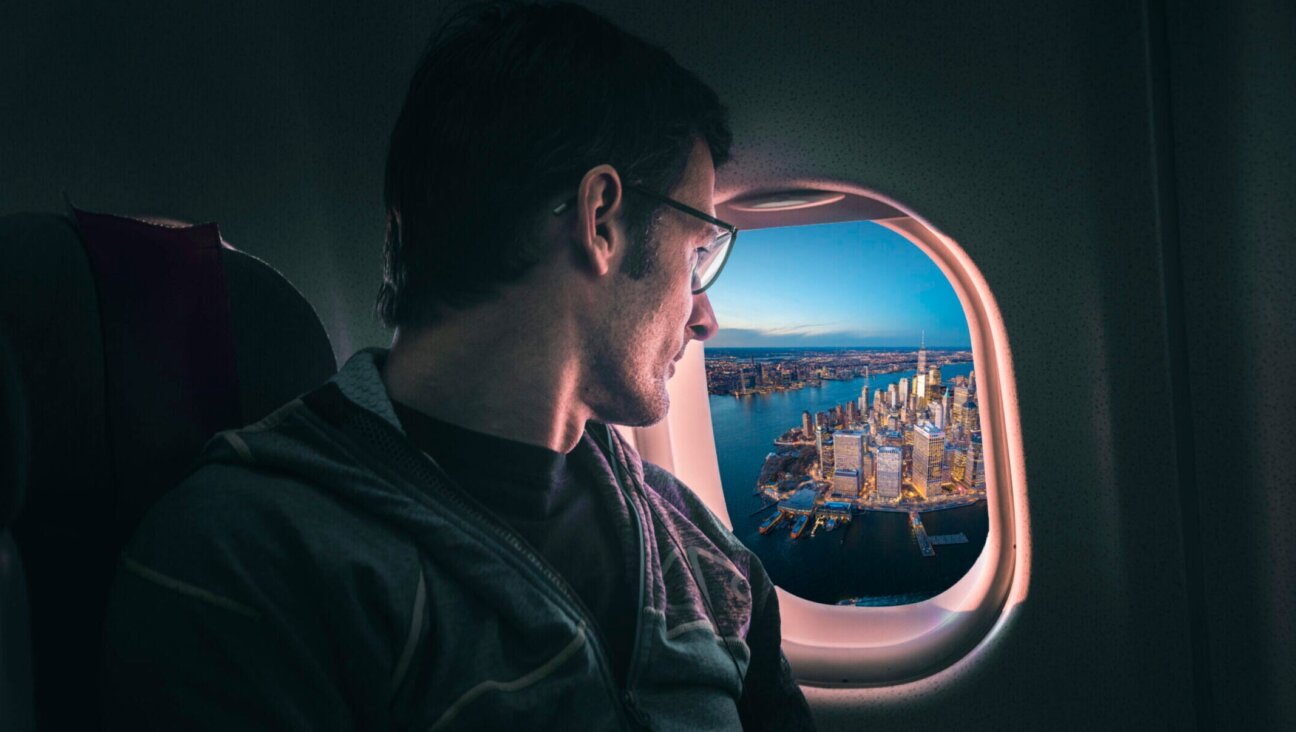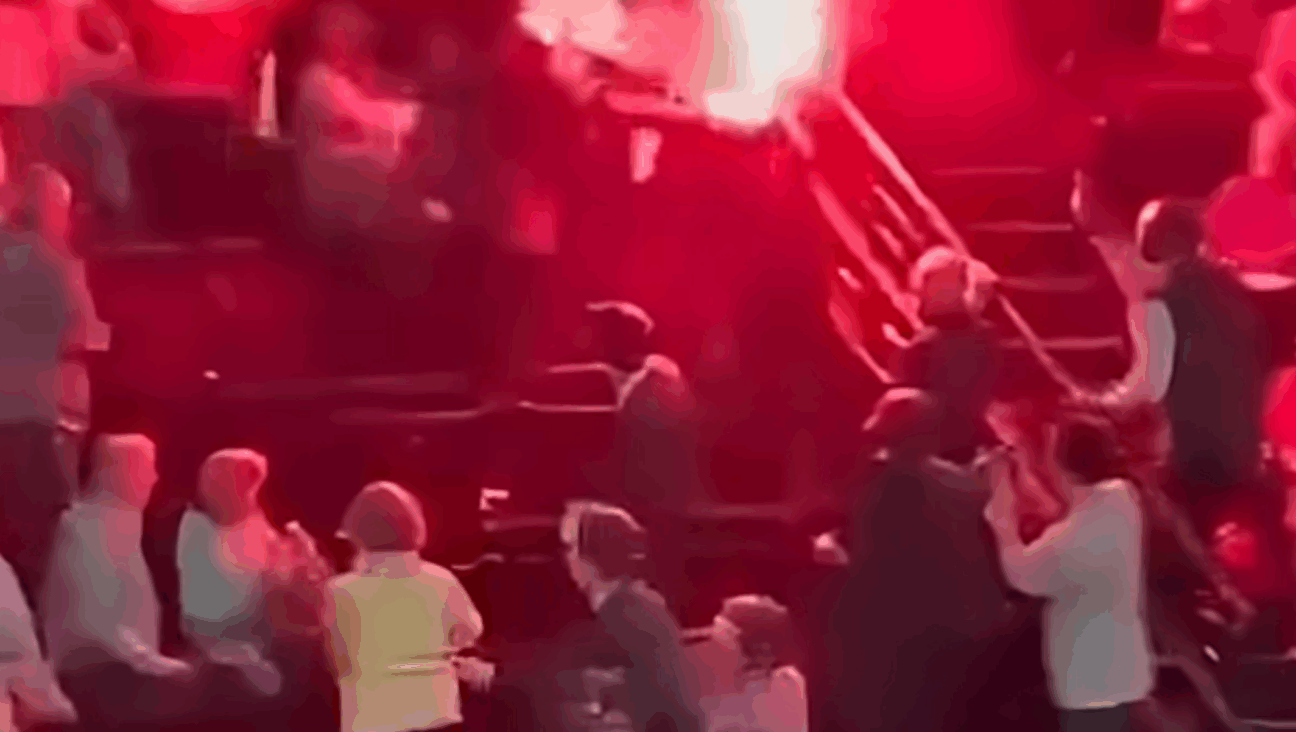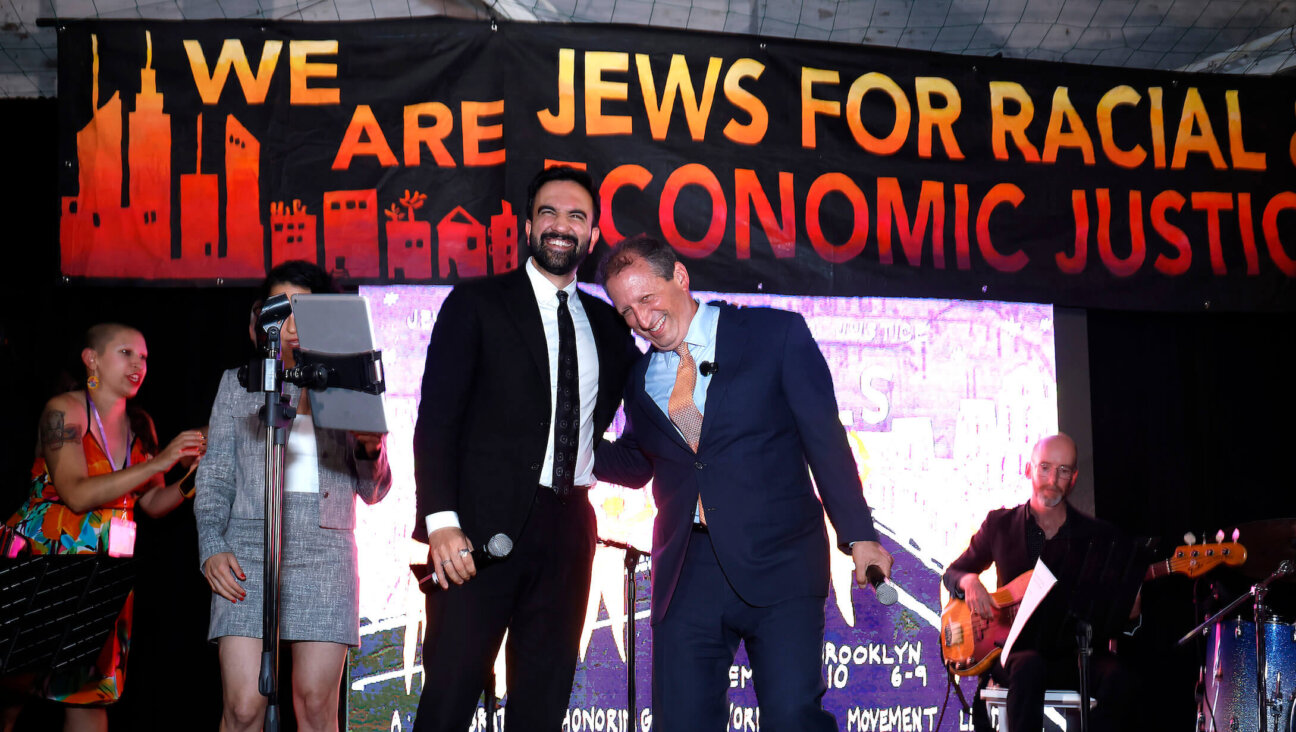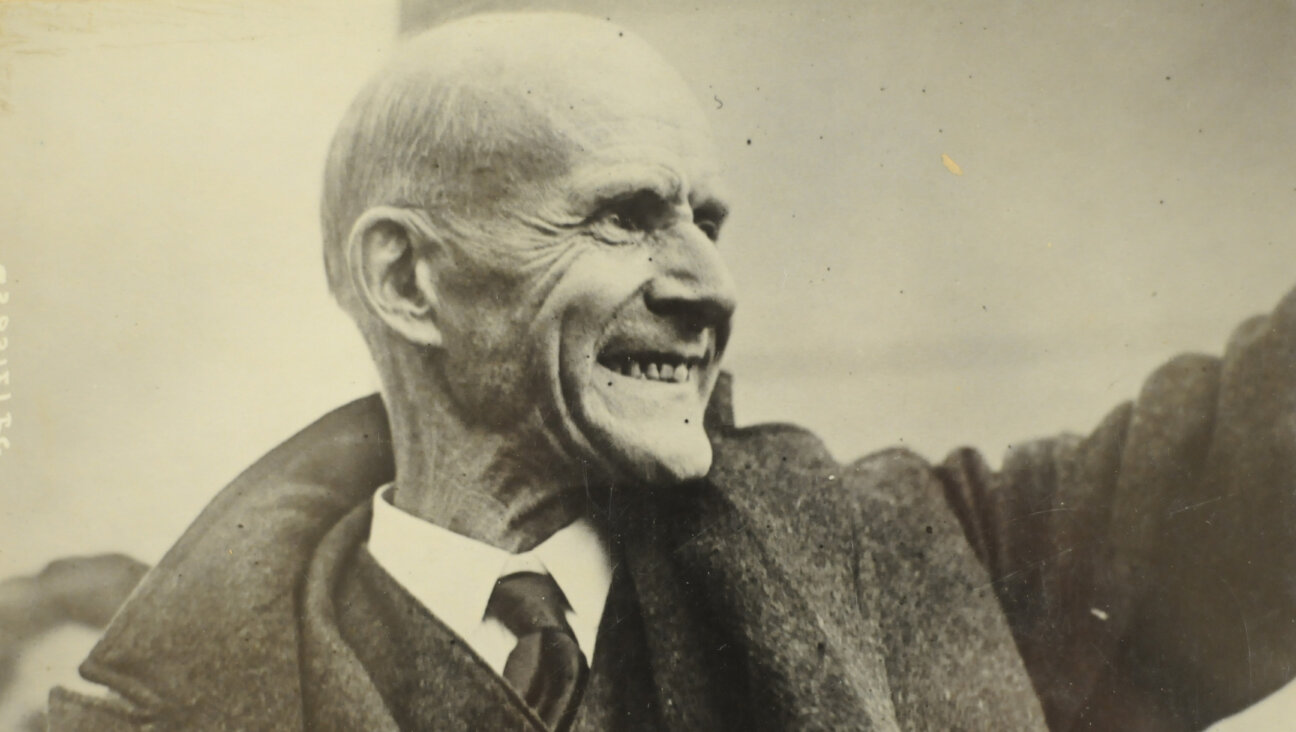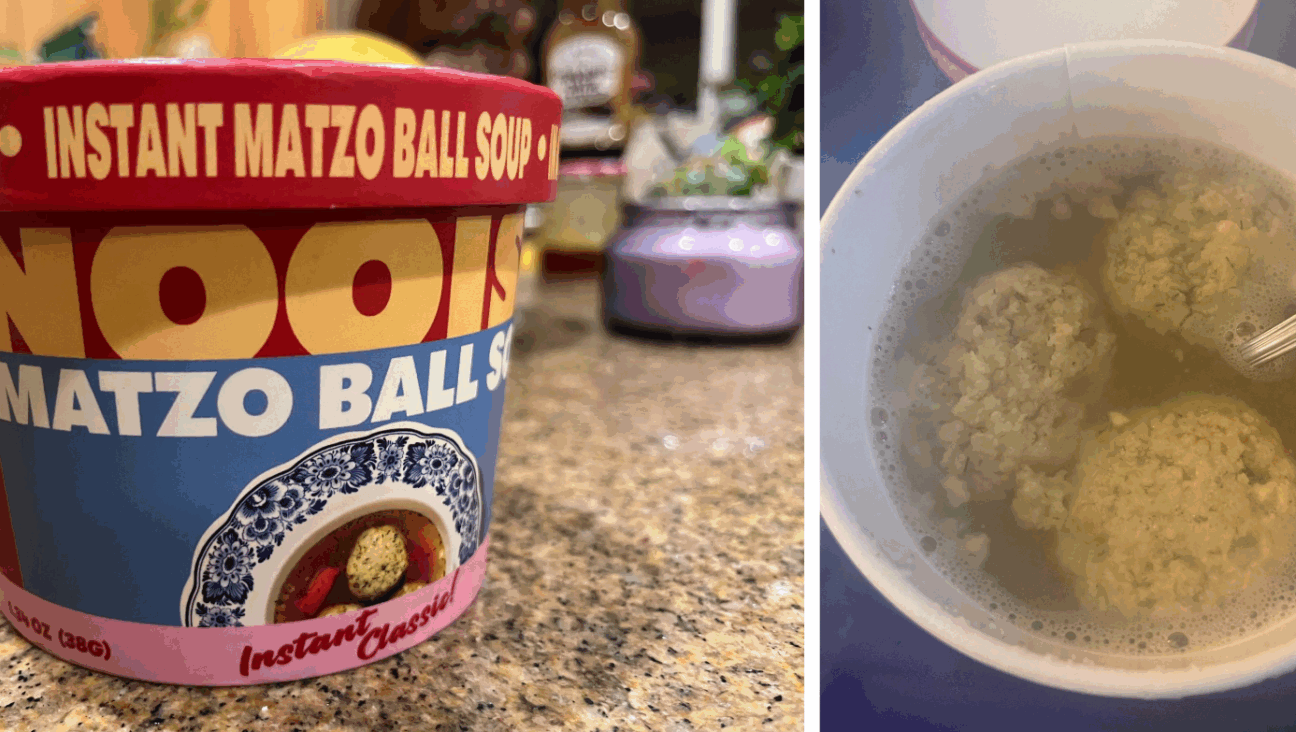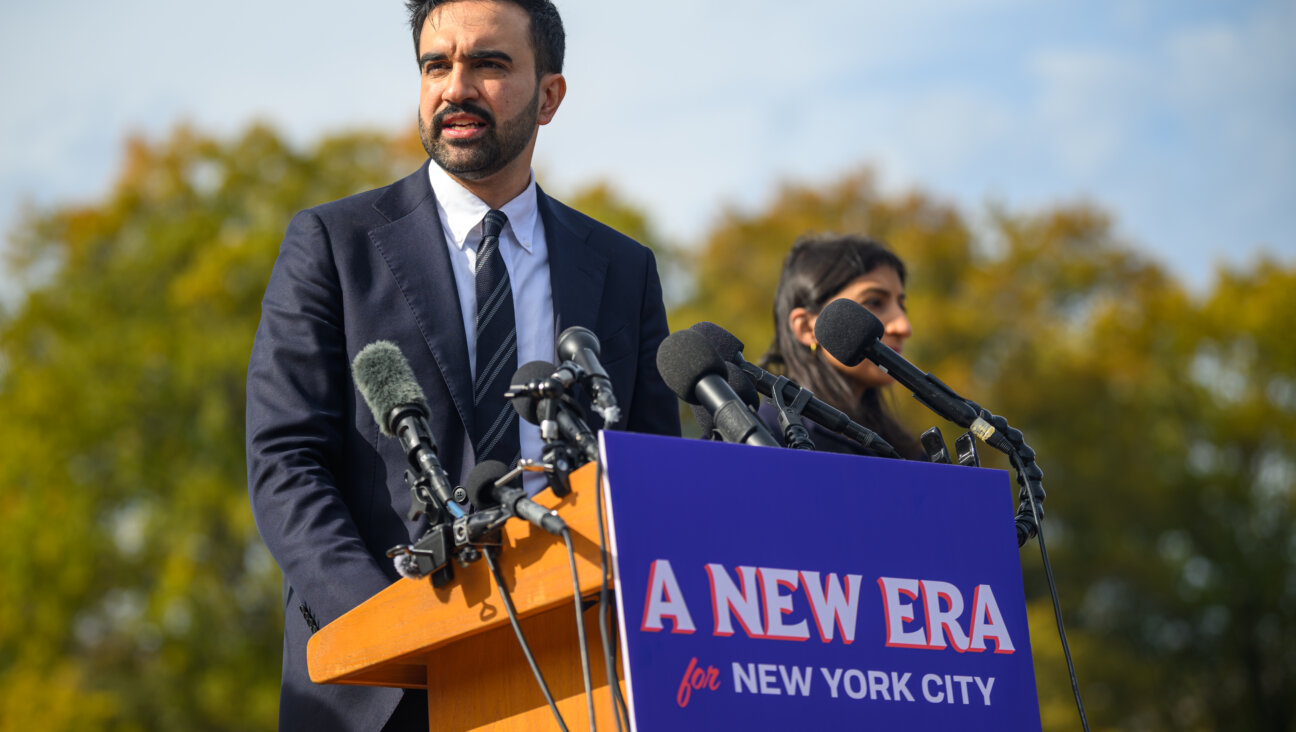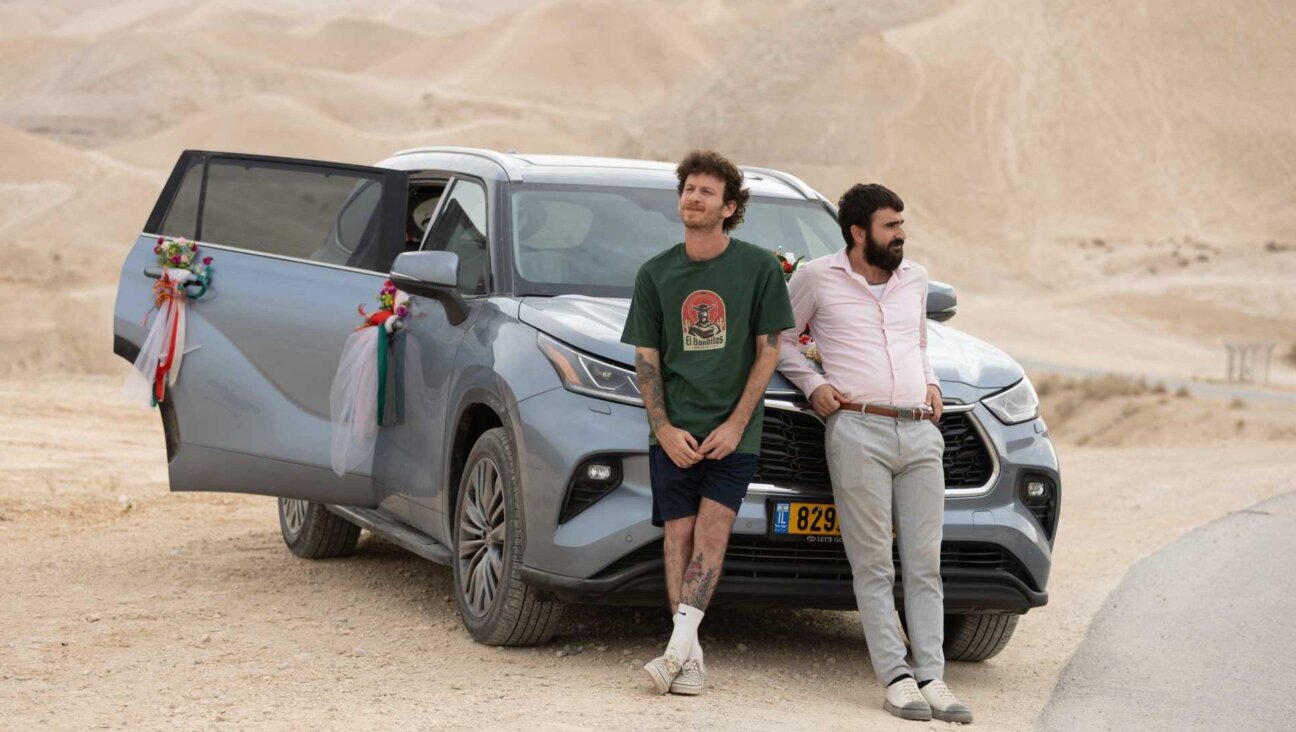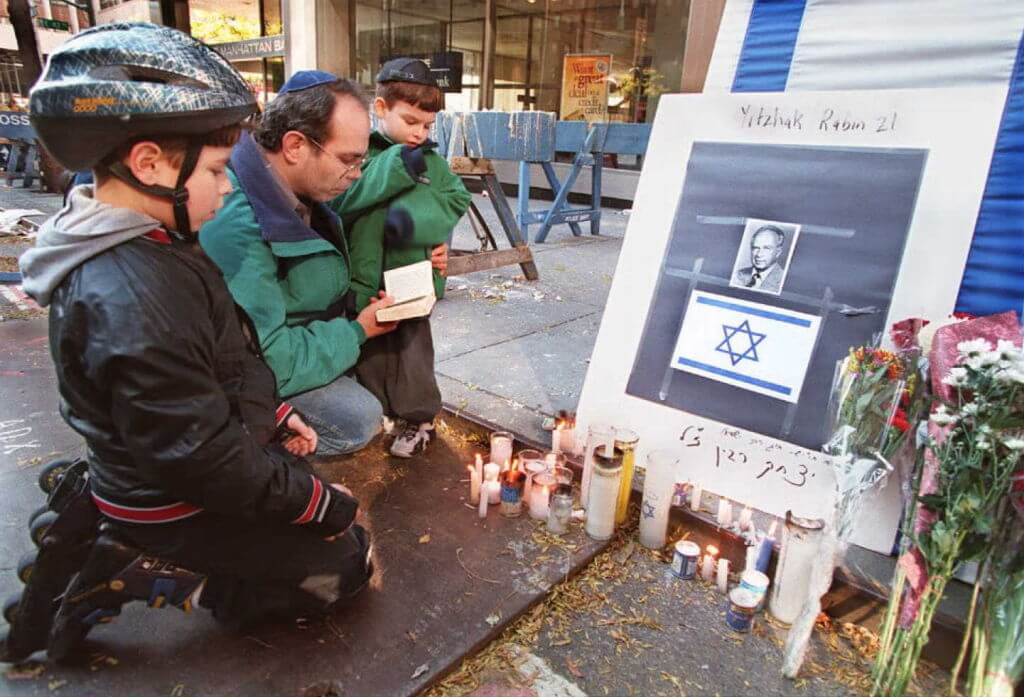Pope Visits Synagogue in Rome in Hopes of Healing Rifts
When Pope Benedict XVI visited this city’s main synagogue, sparring between the pope and Jewish leaders over Pope Pius XII’s role in the Holocaust grabbed headlines.
But the emotion-charged visit Sunday held broader significance, as Jewish leaders and the German-born pontiff sought to mend strained relations and reaffirm a commitment to Christian-Jewish dialogue.
“Despite a dramatic history, the unresolved problems and the misunderstandings, it is our shared visions and common goals that should be given pride of place,” said Rome’s chief rabbi, Riccardo Di Segni, speaking to packed sanctuary from in front of the ornate ark. “The image of respect and friendship that emanates from this encounter must be an example for all those who are watching.”
Benedict’s visit came in the wake of tensions sparked most recently by his decision last month to move Pius XII closer to sainthood. A year ago, the pope triggered an outcry by revoking the excommunication order on a traditionalist bishop who denied the Holocaust.
Critics accuse Pius of having turned a blind eye to Jewish suffering in the Holocaust. Rabbi Giuseppe Laras, the president of the Italian Rabbinical Assembly, boycotted the synagogue ceremony to protest Pope Benedict’s move on Pius.
Rome Jewish Community President Riccardo Pacifici, whose grandparents died in Auschwitz, acknowledged the concern over Pius in his welcoming address to the pope and repeated calls for the Vatican to open its secret archives to resolve the issue.
But he also paid tribute to individual Catholics and Catholic institutions that had helped Jews – and choked back tears describing how his father and uncle had been saved in a Catholic convent.
“Because of this, the silence of Pius XII in the face of the Shoah still hurts like a missed opportunity,” Pacifici said. “Maybe he could not have stopped the death trains, but he could have sent a signal, a word of extreme comfort, of human solidarity, for our brothers who were transported to the ovens of Auschwitz.”
Benedict in his speech minutes later did not mention Pius by name but implicitly defended him, repeating the stance that the Vatican had “provided assistance, often in a hidden and discreet way.”
The main focus of Benedict’s speech, however, was a reaffirmation of commitment to the Jewish-Catholic dialogue launched by the Second Vatican Council’s Nostra Aetate declaration of 1965 and fostered by his predecessor, Pope John Paul II.
The visit took place on the day marked by the Catholic Church as an annual Day of Dialogue with Judaism.
Memory of the Holocaust, the 82-year-old pope said, “compels us to strengthen the bonds that unite us so that our mutual understanding, respect and acceptance may always increase.”
Benedict repeated John Paul’s prayers for forgiveness for Catholic anti-Semitism.
“The Church has not failed to deplore the failings of her sons and daughters, begging forgiveness for all that could in any way have contributed to the scourge of anti-Semitism and anti-Judaism,” he said. “May these wounds be healed forever!”
Benedict’s words were interrupted by applause several times and drew a standing ovation from an audience that included Jewish, Catholic and Muslim representatives, Holocaust survivors, political leaders and the 100-year-old Nobel Prize-winning scientist Rita Levi Montalcini, who was persecuted under fascist Italy’s World War II-era anti-Semitic laws.
The two-hour visit was only the second time a pope had visited the synagogue, a towering structure on the bank of the Tiber River in the old ghetto area where Roman Jews were forced to live until 1870. Rome’s Jews form the oldest continuous Jewish community in the western Diaspora. John Paul II’s visit in 1986 was a milestone in Catholic-Jewish dialogue.
Before entering the synagogue Benedict, an unwilling member of the Hitler youth organization as a teenager, placed a wreath at a memorial plaque honoring the more than 1,000 Roman Jews who were deported to Auschwitz in 1943. He also placed a wreath at a plaque honoring a toddler killed in a 1982 Palestinian terrorist attack on the synagogue that wounded scores of worshipers.
“We live in world of symbolism, and his going to synagogue was a very symbolic statement,” said Rabbi Arthur Schneier, the founder and president of the Appeal of Conscience Foundation.
Schneier said the pope was attempting to bolster a template for a world in which the Holocaust generation was passing and the epicenter of Catholicism was shifting to Latin America, Asia and Africa – global regions where few Jews live.
“A picture is worth 1,000 words,” said Schneier, a Holocaust survivor who hosted Benedict in 2008 at his Park East Synagogue in New York. “Think what it means to a priest in, say, a village in Bolivia to see the pope during this visit to the synagogue. It is a message that dialogue with Judaism is on. The tracks were laid by the Second Vatican Council and the trains are running.”
Israeli Deputy Prime Minister Silvan Shalom also attended Sunday, and he called the papal meeting “a historic moment.” At a news conference afterward, Shalom said he also had asked the pope to open the Vatican’s secret World War II archives.


